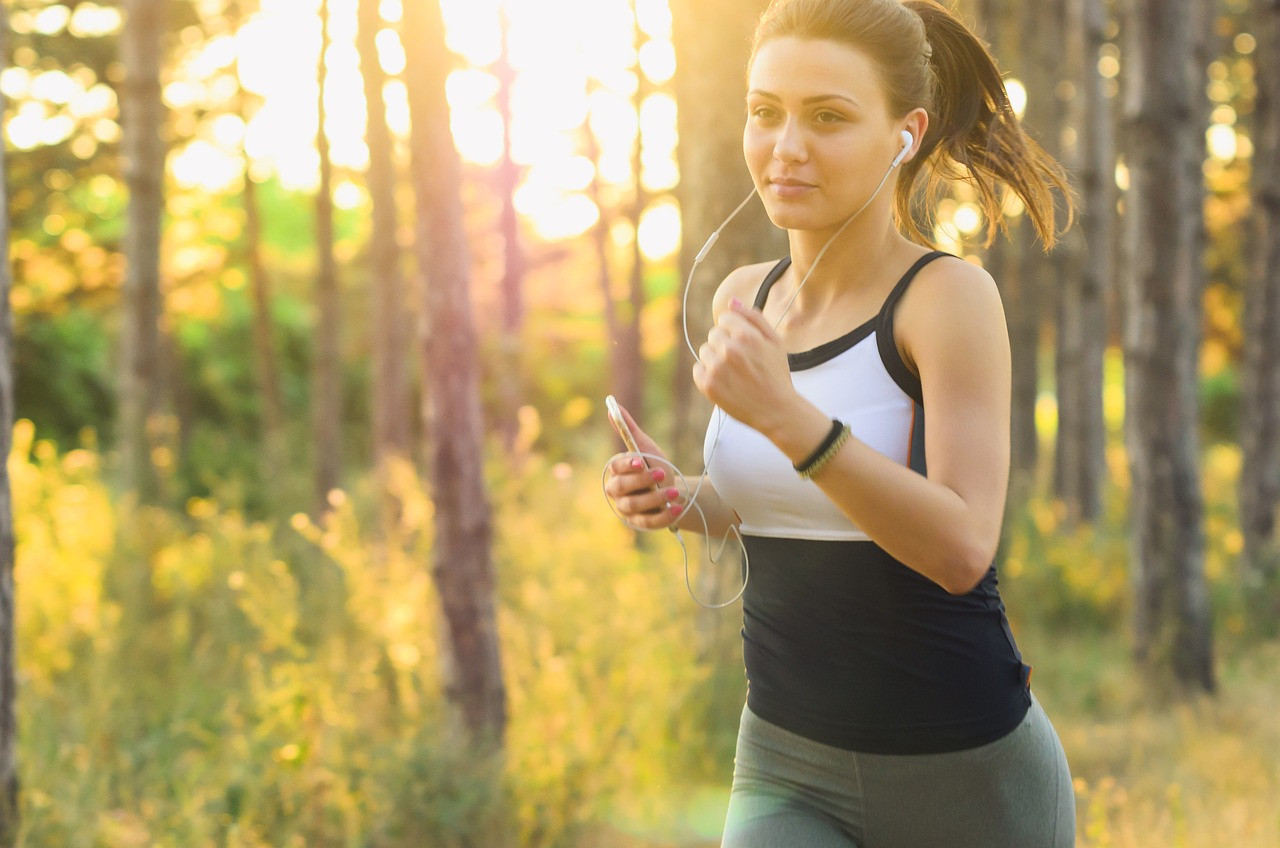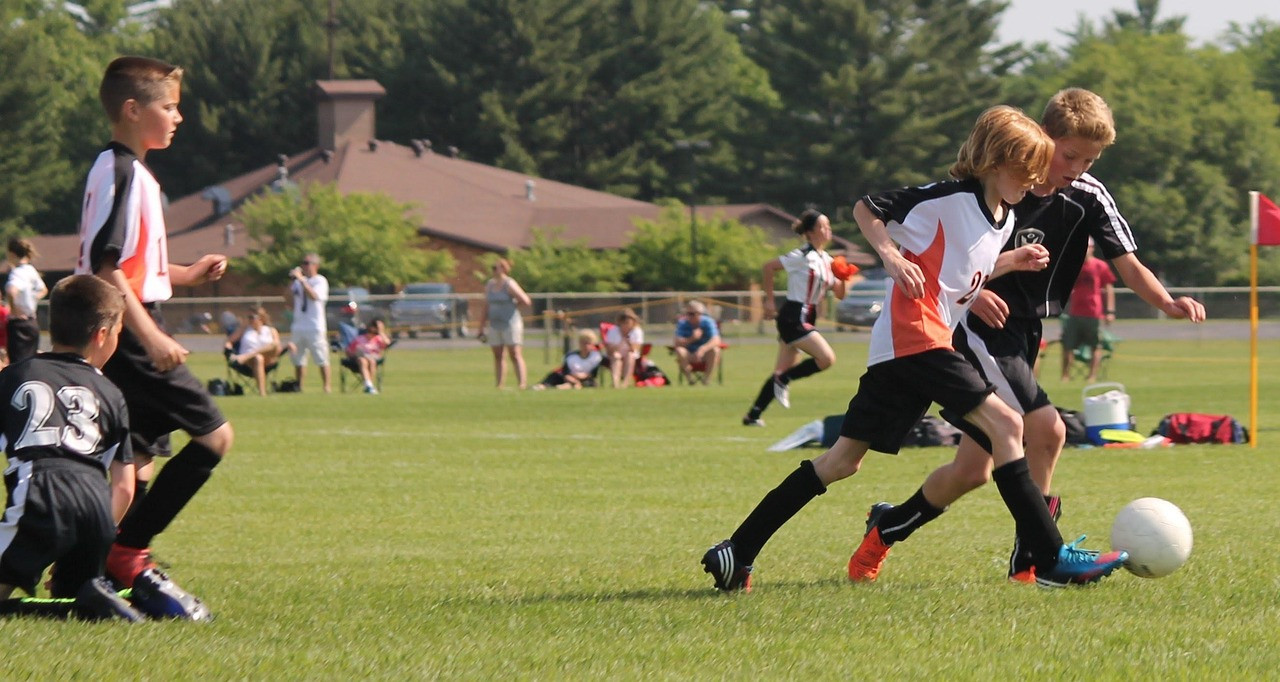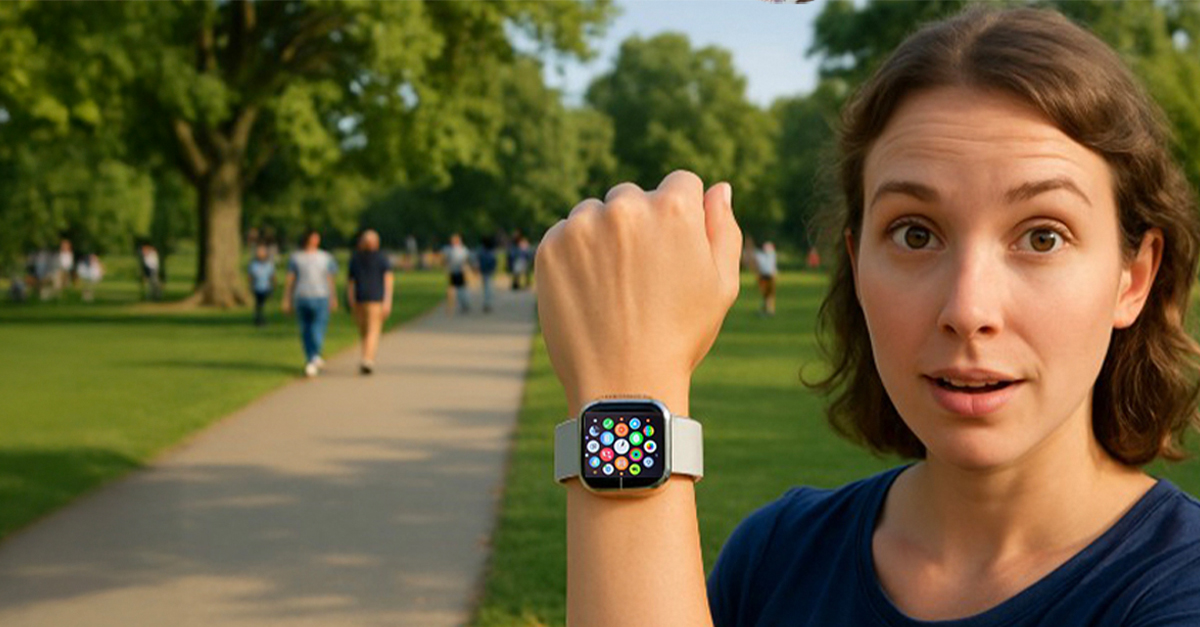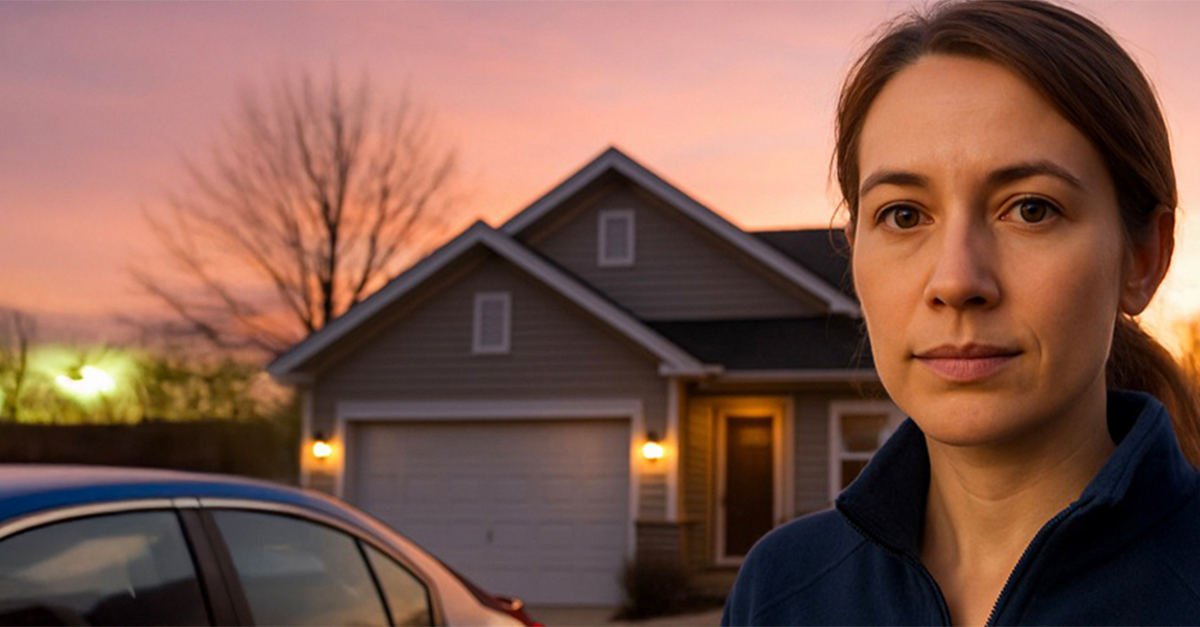Heat stroke is a life-threatening emergency caused by your body overheating. Usually this is because of prolonged exposure to high temperatures or physical exertion. Catching the symptoms early, avoiding excessive heat exposure, and acting fast can save lives. Let’s review how to stay safe, spot the danger signs, and help yourself or others before it’s too late.
Understand The Range Of Heat Illness Symptoms
Heat-related illnesses can range from cramps and exhaustion all the way up to the most serious: heat stroke. The symptoms start mild: muscle cramps, heavy sweating, dizziness, and nausea, but these can quickly escalate into confusion, seizures, dry skin, and collapse if not attended to. Recognizing the early signs gives you a fighting chance to take measures before the situation becomes dangerous.
Smart Planning Is Important
To reduce risk, schedule your outdoor activities outside peak heat hours, stay hydrated even before you get thirsty, and wear loose, light-colored clothing. Use air conditioning or visit public cooling centers, drink non-caffeinated drinks, and make sure to put on sunscreen. These simple but effective actions greatly lower the chance of overheating.
Look Out For Vulnerable People
Children, older adults, those with chronic conditions, and people working outdoors are at the greatest risk. Check on them during hot weather, make sure they have access to shade, cool environments, and water. Employers should be enforcing rest breaks, shade, and hydration protocols for outdoor workers.
Early Warning Signs Of Heat Exhaustion
Signs of heat exhaustion are: dizziness, headache, nausea, heavy sweating, and clammy skin. Immediate cooling by moving to shade, bathing with cool water, fanning, and sipping electrolytes can reverse the condition. Medical help is necessary if symptoms persist or get worse.
Classic Signs Of Heat Stroke
Heat stroke happens when the body can’t regulate its temperature, with core temps above 40 °C (104 °F). Look for hot, dry skin; mental confusion; seizures; rapid pulse; and loss of consciousness. You cannot wait when this happens; you must take immediate action.
Don’t Waste Time: Cooling Saves Lives
At the first signs of heat stroke, call emergency services right away. Move the person into shade or indoors and start aggressive cooling: spray or soak with cold water, put ice packs on the neck, armpits, and groin, or use wet towels plus fans. In extreme cases, immerse them in ice water if possible: this approach is considered the gold standard for stopping heat stroke.
Don’t Do This!
Avoid giving antipyretics like acetaminophen or ibuprofen. These have no effect on heat stroke and might even make the situation worse. Don’t offer fluids if the person is unconscious or seizing. Leave drinking to sufferers of milder heat illness.
Technology Is Your Friend
Track local heat risk using tools like the CDC’s HeatRisk dashboard. These resources put out alerts and advice based on forecasted heat levels, and will help you avoid dangerous conditions and plan ahead.
Heat And Your Heart
High temperatures put a serious strain on the cardiovascular system. Heat forces blood to the skin surface, increases the heart’s workload, and raises the heart rate by up to 30 bpm. All this raises the risk of a cardiac event. Those with heart conditions should be extra cautious and avoid exertion during extreme heat.
Recovery Road: No Shortcuts
Even after the worst symptoms are gone, it’s important to rest in a cool area and keep looking for signs of recurring illness. Serious heat stroke survivors can suffer lasting damage to organs or muscles. Follow-up medical checks are advisable for anyone hospitalized or who had seizures or collapse.
A Team Effort
Preventing heat stroke is a matter of community awareness and being observant as an individual. Employers, caregivers, and neighbors need to cooperate and watch out for each other during heat events. Basic habits like drinking lots of water, wearing the right clothes, and using cooling strategies can go a long way toward preventing tragedy.
You May Also Like:
Tick Prevention And Your Family: Changing Strategies For An Evolving World
20 Water-Saving Tips For A Greener Yard












